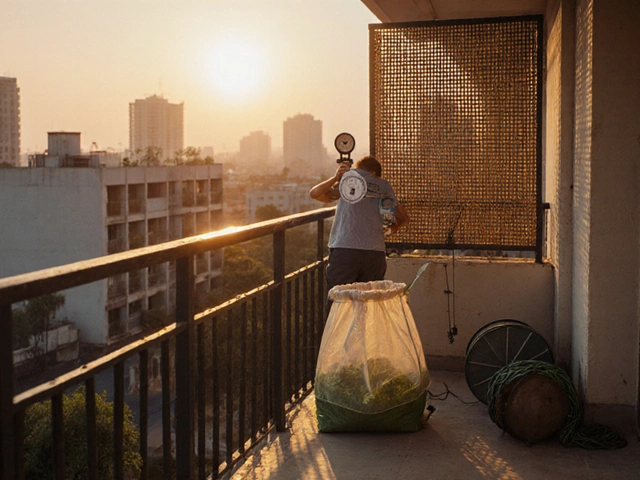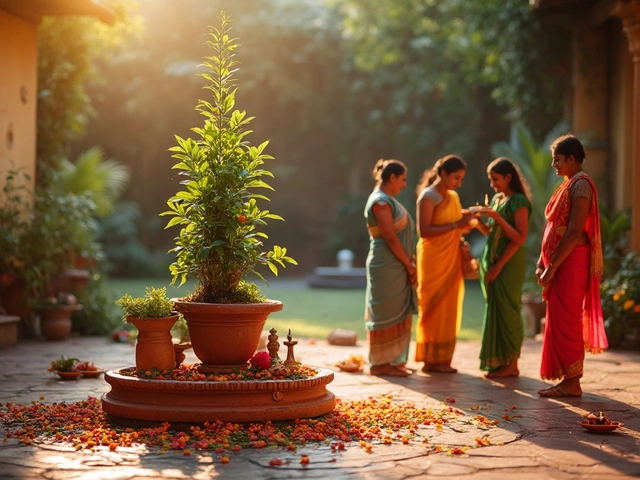India’s National Flower – The Lotus
The lotus (Nelumbo nucifera) is more than a pretty bloom; it’s the official national flower of India. You’ll see it on coins, in temples, and in art all across the country. Its round, pink‑white petals and sturdy stems have made it a symbol of purity, resilience, and beauty that stays clean even in muddy water. If you’ve ever wondered why India chose this plant, or how you can grow one at home, you’re in the right place.
Why the Lotus is India’s National Flower
Indian mythology ties the lotus to gods and goddesses like Vishnu, Lakshmi, and Saraswati. The flower appears in ancient texts as a sign of spiritual growth – it rises from the mud, blossoms in the light, and stays untouched by the water’s filth. That story fits India’s love for balance between nature and spirituality. Beyond mythology, the lotus is used in traditional medicine, festivals, and even cuisine. Its seeds are a source of protein, and the petals are used in ceremonial decorations. All these reasons combined gave the lotus its official status in the early 1980s, and it’s stayed a point of pride ever since.
How to Grow Lotus in Your Garden
Growing a lotus isn’t as hard as you might think, but it does need a few specific conditions. First, pick a spot that gets at least six hours of sunlight each day. Lotus loves warmth, so a sunny patio, a pond, or a big container placed outdoors works best. You’ll need at least 30‑40 cm (12‑16 in) of still water – anything deeper can drown the plant, and anything shallower won’t let the leaves float properly.
Use a heavy‑weight soil mix made of clay, loam, and a bit of compost. Avoid regular potting soil because it floats. Fill a wide, shallow container (like a 20‑liter bucket) with this mix, then plant a lotus tuber about 5‑10 cm deep, tuber tip up. Cover with a thin layer of soil, then gently add water until it reaches the required depth.
Keep the water temperature above 20 °C (68 °F) during the growing season. In cooler regions, you can use a solar heater or move the container to a greenhouse. Feed the plant with a low‑nitrogen, high‑phosphorus fertilizer once a month once you see new shoots. Watch for pests like aphids, but a quick spray of soapy water usually clears them.
Harvest the seeds once the pods turn brown and start to split. Rinse them, dry them in the sun, and you’ll have a snack that’s popular in many Indian households. The flowers themselves can be used fresh for decoration or dried for potpourri.
Common mistakes include planting the tuber too deep, using light soil that floats, or leaving the water stagnant for too long without a little aeration. A small aquarium pump can keep water moving just enough to prevent mosquito breeding while still letting the lotus float peacefully.
With the right spot, proper water depth, and a bit of patience, you’ll have a lotus pond that not only looks stunning but also carries the cultural heartbeat of India right into your backyard. Ready to give it a try?
What is India's National Flower? Exploring the Lotus in Everyday Life
Curious about India's national flower? It's more than just a pretty blossom—discover why the lotus stands tall in Indian culture and nature. This article helps you spot, grow, and appreciate the lotus. Find out its hidden uses, when it blooms, and why it's such a big deal across India. Helpful tips and fun facts make it easy to get up close with this iconic plant.
About
Seasonal Plants
Latest Posts


How to Grow Vegetables on a Balcony: A Practical Guide
By Alden Thorne Oct 18, 2025

How Many Drippers Can I Run on One Line? Drip Irrigation Limits Explained
By Alden Thorne May 29, 2025

What Is the One Vegetable That Damages Your Insides? The Truth About Nightshades in Indian Gardens
By Alden Thorne Oct 27, 2025

